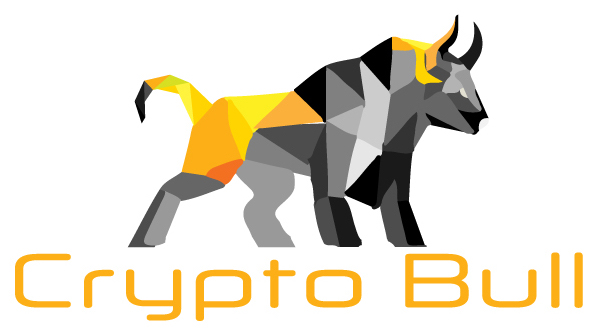Introduction:
The rise of cryptocurrencies has reshaped the financial landscape, offering decentralized and secure alternatives to traditional monetary systems. As the industry continues to evolve, the integration of artificial intelligence (AI) and the emergence of advanced conversational agents like ChatGPT hold immense potential to revolutionize the cryptocurrency space. In this blog, we will explore the transformative impact AI can have on the industry, including improved trading algorithms, enhanced security measures, personalized financial advice, streamlined customer support, regulatory compliance, and broader adoption.
1. Advanced Trading Algorithms:
AI-powered algorithms have already made a significant impact on financial markets, and the cryptocurrency industry is no exception. ChatGPT, with its ability to analyze vast amounts of data and identify complex patterns, can contribute to the development of more sophisticated trading algorithms. By leveraging machine learning techniques, these algorithms can provide more accurate price predictions, optimize investment strategies, and mitigate risks associated with volatility, ultimately improving profitability for traders and investors.
2. Enhanced Security Measures:
Security has been a long-standing concern in the cryptocurrency industry, with high-profile hacks and thefts leaving investors vulnerable. However, AI can help bolster security measures. ChatGPT, for instance, can be utilized to monitor blockchain networks for suspicious activities, detect potential fraud, and identify vulnerabilities in smart contracts. Additionally, AI algorithms can enhance encryption techniques, strengthen authentication processes, and facilitate real-time threat analysis, making the ecosystem more resilient against cyber threats.
3. Personalized Financial Advice:
As cryptocurrencies gain wider adoption, individuals will require reliable information and personalized financial advice to navigate this complex ecosystem. ChatGPT's conversational abilities and access to vast knowledge can enable it to provide tailored guidance to users, answering their questions, explaining investment strategies, and recommending suitable cryptocurrencies based on individual risk preferences and financial goals. This personalized assistance can empower users to make informed decisions and increase their confidence in participating in the cryptocurrency market.
4. Streamlined Customer Support:
Customer support is a crucial aspect of any industry, and AI-powered chatbots like ChatGPT can play a vital role in enhancing customer experiences within the cryptocurrency sector. These chatbots can efficiently handle a large volume of inquiries, provide instant responses to commonly asked questions, and assist users with various issues such as setting up wallets, troubleshooting transactions, or addressing account security concerns. This automation of customer support can lead to quicker response times, improved efficiency, and enhanced user satisfaction.
5. Regulatory Compliance:
Cryptocurrencies operate in a constantly evolving regulatory landscape. AI technology can help streamline compliance processes by automating the monitoring and analysis of transactions to identify potential instances of money laundering, fraud, or regulatory violations. ChatGPT can assist in understanding and implementing compliance requirements, ensuring that cryptocurrency businesses adhere to regulatory standards, and contributing to the industry's overall legitimacy.
6. Broader Adoption and Accessibility:
The integration of AI and conversational agents like ChatGPT can drive broader adoption of cryptocurrencies by addressing existing barriers to entry. With improved user interfaces and intuitive conversational interactions, individuals with limited technical knowledge can navigate the world of cryptocurrencies more easily. Moreover, as AI becomes more widely accessible, developers can create innovative applications that simplify crypto-related tasks, such as portfolio management, tax reporting, and decentralized exchanges, further expanding the reach and usability of cryptocurrencies.
Conclusion:
As AI technology continues to advance, its synergy with cryptocurrencies holds immense promise for the future. ChatGPT and other conversational agents can reshape the cryptocurrency industry by facilitating advanced trading algorithms, enhancing security measures, providing personalized financial advice, streamlining customer support, ensuring regulatory compliance, and driving broader adoption. While challenges remain, the potential benefits are substantial, heralding a new era of efficiency, accessibility, and innovation in the world of digital currencies.

















